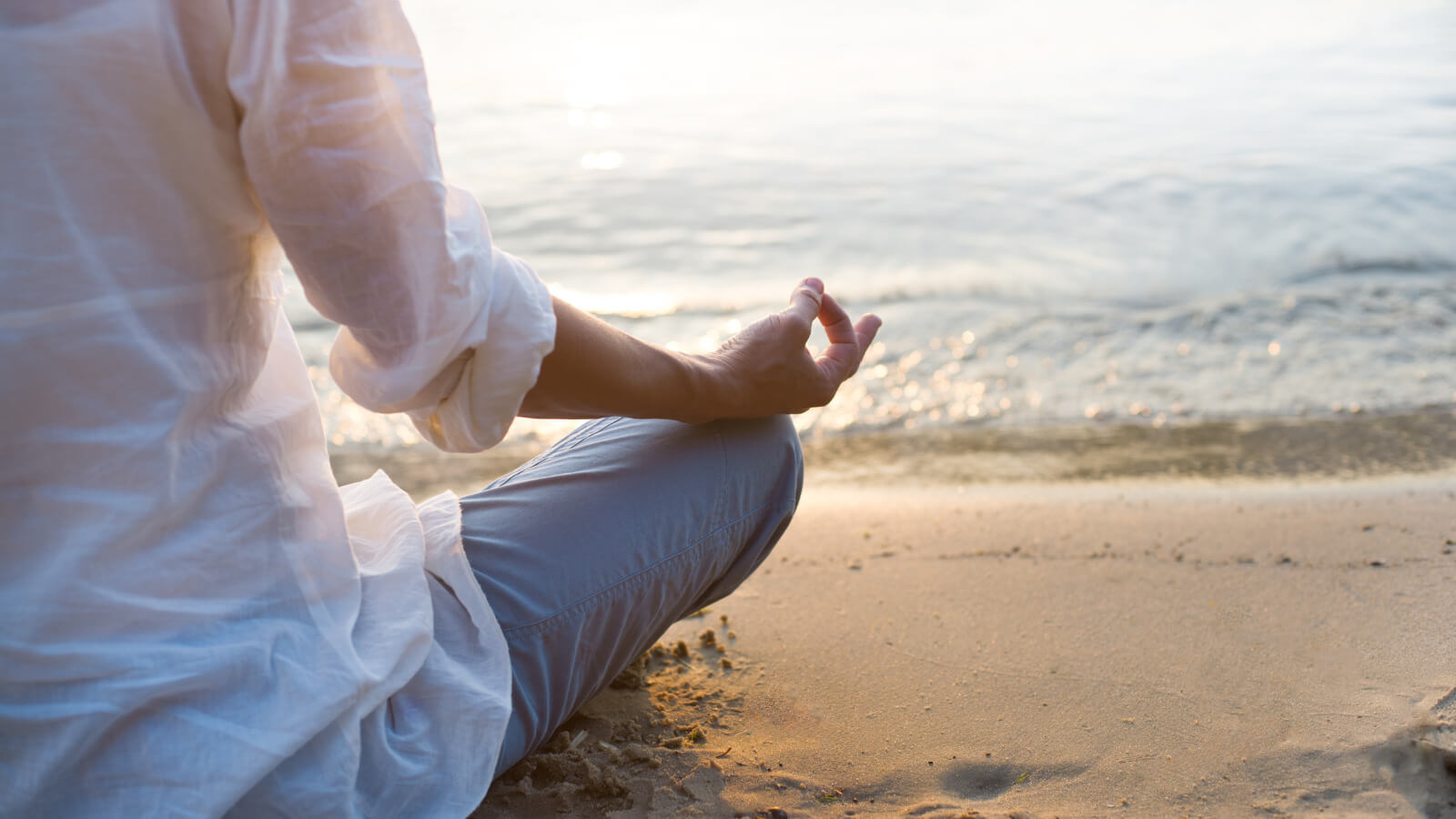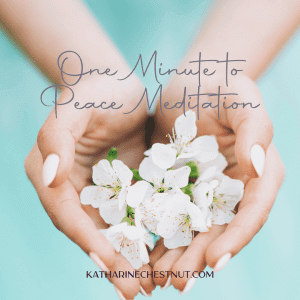
Meditate Your Troubles Away: Healing Meditation
Well, well, well, it looks like we’re all here to talk about the healing powers of meditation! We all know that life can be stressful, and sometimes it feels like there’s no escape. Have no fear, because meditation is here to save the day!
Meditation has been around for thousands of years, and it’s no wonder why. It’s a simple yet powerful practice that can help you manage stress, reduce anxiety, and improve your overall well-being. Whether you’re a seasoned meditator or a newbie, there’s something for everyone when it comes to healing with meditation.
I promise, it’s not as intimidating as it may seem (well, perhaps just a little). With just a few minutes a day, you can start reaping the benefits of this ancient practice. That’s how I started and I didn’t think I could do it after trying on and off for years. I had all kinds of misconceptions from how-to and what it all meant. From breathing exercises to guided meditations, there are countless ways to incorporate meditation into your daily routine. Take a deep breath, relax, and let’s dive in!
A Healing Journey with Chakras
As you delve deeper, you’ll begin to learn about the seven chakras and their importance in your overall well-being. These energy centers, located throughout your body, are responsible for different aspects of your physical, emotional, and spiritual health. Let’s have a little fun with them.

Belly Laugh of the Root Chakra
The Root Chakra, located at the base of the spine, is responsible for your sense of safety and security. When this chakra is balanced, you feel grounded and stable. The “belly laugh” of the Root Chakra is a deep, hearty laugh that comes from the belly. It helps to release tension and promote feelings of safety and security.
Giggle of the Sacral Chakra
The Sacral Chakra, located in the lower abdomen, is responsible for your creativity and sexuality. When this chakra is balanced, you feel inspired and passionate. The “giggle” of the Sacral Chakra is a light, playful laugh that helps to release creative energy and promote feelings of joy and pleasure.
Snicker of the Solar Plexus Chakra
The Solar Plexus Chakra, located in the upper abdomen, is responsible for your confidence and personal power. When this chakra is balanced, you feel confident and empowered. The “snicker” of the Solar Plexus Chakra is a sly, knowing laugh that helps to release feelings of self-doubt and promote feelings of strength and courage.
Guffaw of the Heart Chakra
The Heart Chakra, located in the center of the chest, is responsible for your love and compassion. When this chakra is balanced, you feel open-hearted and loving. The “guffaw” of the Heart Chakra is a warm, generous laugh that helps to release feelings of sadness and promote feelings of love and compassion.Titter of the Throat Chakra
The Throat Chakra, located in the throat, is responsible for your communication and self-expression. When this chakra is balanced, you feel confident and articulate. The “titter” of the Throat Chakra is a light, airy laugh that helps to release tension in the throat and promote clear communication.
Chortle of the Third Eye Chakra
The Third Eye Chakra, located in the center of the forehead, is responsible for your intuition and spiritual awareness. When this chakra is balanced, you feel connected to your higher self and the universe. The “chortle” of the Third Eye Chakra is a deep, knowing laugh that helps to release feelings of confusion and promote spiritual clarity.
Howl of the Crown Chakra
The Crown Chakra, located at the top of the head, is responsible for your connection to the divine. When this chakra is balanced, you feel a deep sense of spiritual connection. The “howl” of the Crown Chakra is a reverent, awe-inspiring laugh that helps to release feelings of separation and promote feelings of oneness with the Universe.
Incorporating these “chuckles” into meditation can help you to balance your chakras and promote overall health and well-being.
The Hilarity of Healing: Scientific Evidence
We’ve all heard of the healing power of meditation, but did you know that there is actual scientific evidence to back it up?
For example, did you know that a study published in the Journal of Evidence-Based Integrative Medicine found that an hour-long sound meditation helped people reduce tension, anger, fatigue, anxiety, and depression? That’s right, all you need is an hour of listening to some soothing sounds, and all your problems will disappear. Well, perhaps not all.
And if you’re not a fan of sound meditation, don’t worry, there’s still hope for you. According to the National Center for Complementary and Integrative Health, mindfulness meditation can also be incredibly beneficial. In fact, a survey of over 3,500 adults found that 73% of those who practiced mindfulness meditation did so for general wellness. And the majority of them reported that they meditated to relax or reduce stress.

Meditation Techniques That Heal
When it comes to meditation, there’s no one-size-fits-all approach. We all have different needs and preferences, so it’s important to find a meditation technique that works for you.
Guided Meditation
If you’re new to meditation or find it hard to focus, guided meditation might be the perfect technique for you (it was for me). Guided meditation involves listening to a teacher or recording that takes you through a step-by-step meditation process. It can help you stay focused and give you a sense of direction when you’re not sure what to do next.
Body Scan Meditation
Body scan meditation involves focusing on each part of your body, starting from your toes and working your way up to the top of your head. It’s a great technique for relaxation and stress relief, as it helps you become more aware of your body and any tension you might be holding.
Loving-Kindness Meditation
Loving-kindness meditation, also known as Metta meditation, involves focusing on sending love and kindness to yourself and others. It can help you cultivate feelings of compassion and empathy, and is particularly helpful if you struggle with negative self-talk or have difficulty forgiving others.
Breathwork Meditation

My most favorite forms of meditation. And little did I realize breathwork was meditation so many years ago. Breathwork meditation involves focusing on your breath and using it to calm your mind and body. One popular technique is the 4-7-8 breath, where you inhale for 4 seconds, hold for 7 seconds, and exhale for 8 seconds. It’s a simple yet effective technique that can help you relax and reduce anxiety. I also love ‘box breathing’ or just a short and sweet time for me.
Walking Meditation
If you find it hard to sit still or enjoy walking daily, a walking meditation might be the perfect technique for you. It involves walking slowly and mindfully, and focusing on your breath and the sensation of your feet touching the ground. It can be a great way to get some exercise and clear your mind at the same time.
These are just a few of the many meditation techniques out there. The key is to find one that resonates with you and makes you feel good.
Healing and Recovery: Ancient Meditation Practices
We all know that meditation is a serious practice that requires focus, discipline, and dedication. However, did you know that humor has played a role in meditation practices throughout history?
Ancient Greek philosophers used humor as a way to promote mindfulness, natural healing and self-awareness. Socrates was known for his witty remarks and playful banter, which he used to challenge his students and encourage them to question their own beliefs.
Even in more recent times, humor has been used as a way to promote healing through meditation. In the 1970s, Dr. Norman Cousins famously used laughter as a form of therapy to heal from a serious illness. He believed that laughter increased the benefits of meditation by releasing endorphins, which helped to reduce pain and promote healing.
While humor may not be the first thing that comes to mind when we think of meditation, it can be a powerful tool for promoting relaxation, mindfulness, and healing. The next time you sit down to meditate, don’t be afraid to crack a joke or two. Who knows, it might just help you find a deeper sense of peace and well-being. This is another way to keep your practice consistent. Incorporating laughter meditation into your routine has been shown to have healing benefits, including reducing stress and boosting your mood. To practice, you can start by laughing for no reason and then allow the laughter to turn into a meditation practice.
Healing Through Meditation: Maintaining a Consistent Practice
Let’s face it, maintaining a consistent meditation practice can be challenging. You may start off strong, but eventually, life gets in the way, and you find ourselves skipping sessions. However, with a little humor and creativity, you can keep your practice going strong.

And I’ll be one of the first to tell you how I appreciated finding meditation for healing purposes. After 11 years in an abusive marriage with a covert narcissist, I was searching for anything to help me heal and find peace again. I doubted myself and my abilities. I decided to try meditation again even though I had been unsuccessful in the past. I can wholeheartedly tell you that using meditation for self-healing is magical.
One way to maintain consistency is to make it a habit. You can do this by setting aside a specific time each day for meditation. Whether it’s first thing in the morning or right before bed, having a designated time will help you stick to your practice. I like both morning and evening along with sprinkling a session in anytime during the day.
You can also keep your practice consistent by finding a meditation buddy. Having someone to meditate with can help you stay accountable and motivated. Plus, it’s always more fun to meditate with a friend. Or find a center nearby and find like-minded people.
Lastly, you can make your healing mediation practice consistent by setting realistic goals. You don’t have to meditate for an hour each day to reap the benefits. Starting with just five minutes a day (or one if that is all you can fit in) and gradually increasing the time can help you build a consistent practice.




